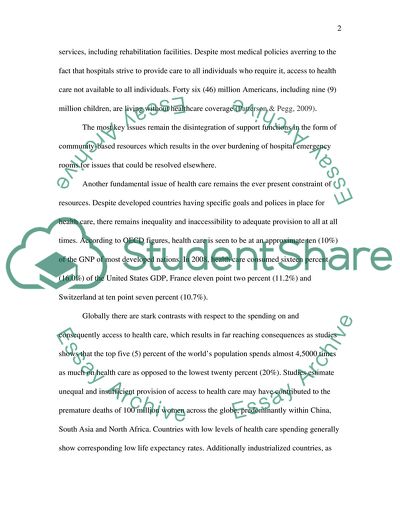Cite this document
(Physical Health - Disability Citizenship Essay Example | Topics and Well Written Essays - 3000 words, n.d.)
Physical Health - Disability Citizenship Essay Example | Topics and Well Written Essays - 3000 words. Retrieved from https://studentshare.org/health-sciences-medicine/1745039-learning-disability-case-study
Physical Health - Disability Citizenship Essay Example | Topics and Well Written Essays - 3000 words. Retrieved from https://studentshare.org/health-sciences-medicine/1745039-learning-disability-case-study
(Physical Health - Disability Citizenship Essay Example | Topics and Well Written Essays - 3000 Words)
Physical Health - Disability Citizenship Essay Example | Topics and Well Written Essays - 3000 Words. https://studentshare.org/health-sciences-medicine/1745039-learning-disability-case-study.
Physical Health - Disability Citizenship Essay Example | Topics and Well Written Essays - 3000 Words. https://studentshare.org/health-sciences-medicine/1745039-learning-disability-case-study.
“Physical Health - Disability Citizenship Essay Example | Topics and Well Written Essays - 3000 Words”, n.d. https://studentshare.org/health-sciences-medicine/1745039-learning-disability-case-study.


